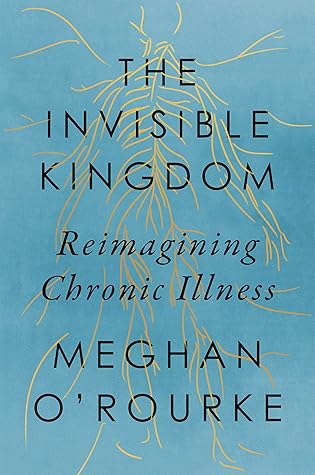More on this book
Community
Kindle Notes & Highlights
In fact, the idea of autoimmunity as the expression of a conflicted self could be said to serve a purpose that reinforces the societal status quo more than it elucidates biology.
As Bernie S. Siegel, a surgeon who taught at the Yale School of Medicine, wrote in his best-selling Love, Medicine, and Miracles (1986),
Was life perhaps just a long chronic illness, as a prominent feminist historian would later ask me after I gave a talk about chronic illness—an implication being that it was my identification with my illness that made me “ill”?
Was it true that every time I got stressed about my work or had a fight with Jim “I” was making “myself” sick?
For example, Sapolsky points out that the human body responds to anticipated and imagined stress as if it is lived stress. This capacity for imagining and anticipating makes stress damaging. Our subconscious takes our conscious fears seriously, and adjusts our biology accordingly.
I knew that unpredictability and lack of control make people more stressed: studies show that people in pain who can control their own pain medication use much less of it than when nurses control the meds.
The “pinkwashing” of breast cancer means we usually hear from breast cancer survivors who cheerlead about positive mindsets, as Anne Boyer notes in The Undying. Positive thinking in the face of illness
Since then, she has studied how outlook and expectation shape health, with astonishing results, discovering that our thoughts can change our health—but only if we really believe the thoughts. For example, she conducted a study based on the
symptoms persist in only some patients? What don’t we know about the behavior of the B. burgdorferi bacterium that might help explain the variation in patients’ responses to it? It turns out that PTLDS (or chronic Lyme disease) brings us back to that old soil-and-seed model. Though the ongoing illness is triggered by a clear-cut infection, B. burgdorferi


